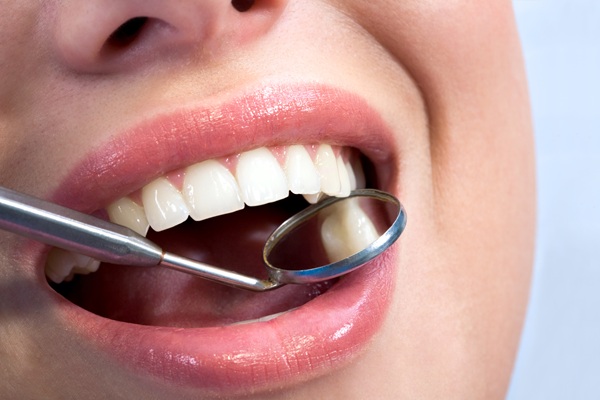5 Things to Avoid After Getting a Dental Filling

Getting a dental filling is a common procedure where a dentist restores the integrity of a decayed or damaged tooth. After placing a filling, you need to take the correct steps during recovery to ensure its durability and long-term effectiveness. Avoiding certain activities and habits promotes long-term oral health and prevents potential complications.
1. Eating hard or sticky foods
One of the most important post-treatment considerations is to avoid hard or sticky foods. Immediately after receiving a dental filling, the material may still be hardening, making it more sensitive to pressure. Consuming foods such as nuts, ice, or hard candies can place excessive force on the filled tooth, potentially leading to cracks or the filling becoming dislodged. In addition, sticky foods, such as chewing gum or caramel, may loosen the filling, leaving the tooth vulnerable to bacteria and decay. Patients should wait at least 24 hours before returning to their regular diet, particularly for amalgam fillings, which take longer to harden fully.
2. Consuming extremely hot or cold foods and beverages
Temperature sensitivity is a common side effect after getting a new dental filling. The affected tooth may respond more acutely to extreme hot or cold beverages due to the temporary inflammation of the dental pulp. This sensitivity can result in discomfort or a lingering ache. To minimize this risk, patients should avoid the following foods and drinks in the first few days after the procedure:
- Hot or iced coffee and tea
- Ice cold water
- Frozen smoothies
- Hot soup
- Ice cream
- Cold fruits
Patients should also avoid extreme temperature changes; for example, going from eating something hot to drinking a cold beverage can be jarring and painful. Being gentle and allowing the tooth to adjust gradually to the new filling can help reduce sensitivity over time.
3. Immediately chewing on the side of the treated tooth
Chewing directly on the side of the mouth that received the filling should be avoided until the anesthesia wears off completely and the filling has had sufficient time to settle. Numbness can lead to accidental biting of the tongue, cheek, or lips. Additionally, applying immediate pressure to a newly placed dental filling can disrupt its placement, especially if it involves composite resin that bonds to the tooth surface.
4. Clenching or grinding teeth
Patients who have a habit of grinding or clenching their teeth, especially at night, should take special precautions after receiving a filling. This condition, also known as bruxism, can put undue force on dental restorations and compromise their longevity. In these cases, the dentist may recommend that the patient wear a night guard to protect the filling and the surrounding teeth from excessive wear or damage.
5. Skipping regular oral hygiene routine
While some individuals may be hesitant to brush or floss near the newly filled tooth, they should still be consistent with their oral hygiene routine. Bacteria can accumulate around the filling, increasing the risk of decay occurring. Gentle brushing with a soft-bristled toothbrush and careful flossing around the tooth can help maintain the health of the surrounding gum tissue and teeth without disturbing the new restoration.
Protect your new filling
After getting a dental filling, certain behaviors and dietary choices can affect the healing process and shorten the lifespan of the restoration. Protect your new with the right care to ensure a successful recovery and long-term oral health. Call our Santa Barbara office for more tips or to schedule an appointment.
Request an appointment here: https://www.hemingwaydds.com or call Julie A. Hemingway, D.D.S. at (805) 409-2358 for an appointment in our Santa Barbara office.
Check out what others are saying about our dental services on Yelp: Composite Fillings in Santa Barbara, CA.
Related Posts
A tooth filling, also known as a dental filling, is one of the most popular ways to restore teeth that are in bad shape due to decay, injury, or imperfections. They have been the standard for rebuilding teeth for as long as dentistry has existed. The procedure of placing a tooth filling is simple, quick,…
Before we get into our discussion of the materials used for dental fillings, it is important to know what they are used for. Fillings are used to replace parts of teeth that have been affected by cavities, cracks, or damage from nail-biting or teeth grinding. There are various materials that fillings are made of. Read…
Cosmetic dental services can help improve the color of your teeth. Teeth start white, but they pick up stains as a person's life goes on. Some of these stains come from the coloring agents in the foods and beverages that we consume, while habits like using tobacco products cause others.Teeth can also become discolored as…
If you suffer from uneven teeth, cosmetic dental services can help straighten your bite and improve your confidence in your smile. Straight teeth improve more than just appearance; they can also improve overall dental health as pieces of food get stuck more easily between crooked teeth. In addition, straight teeth are easier to clean with…
